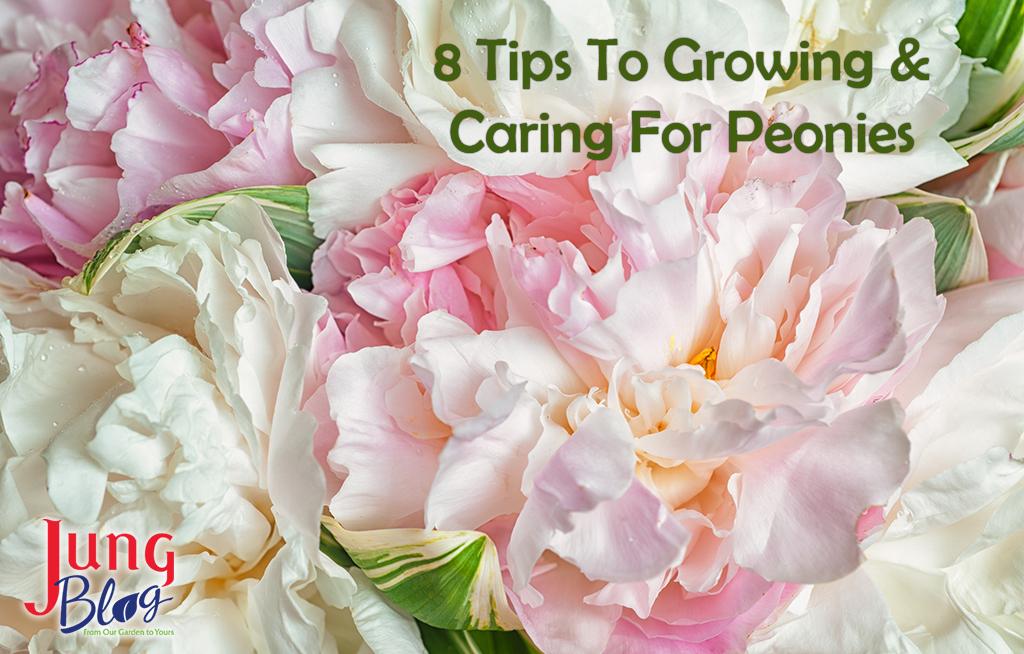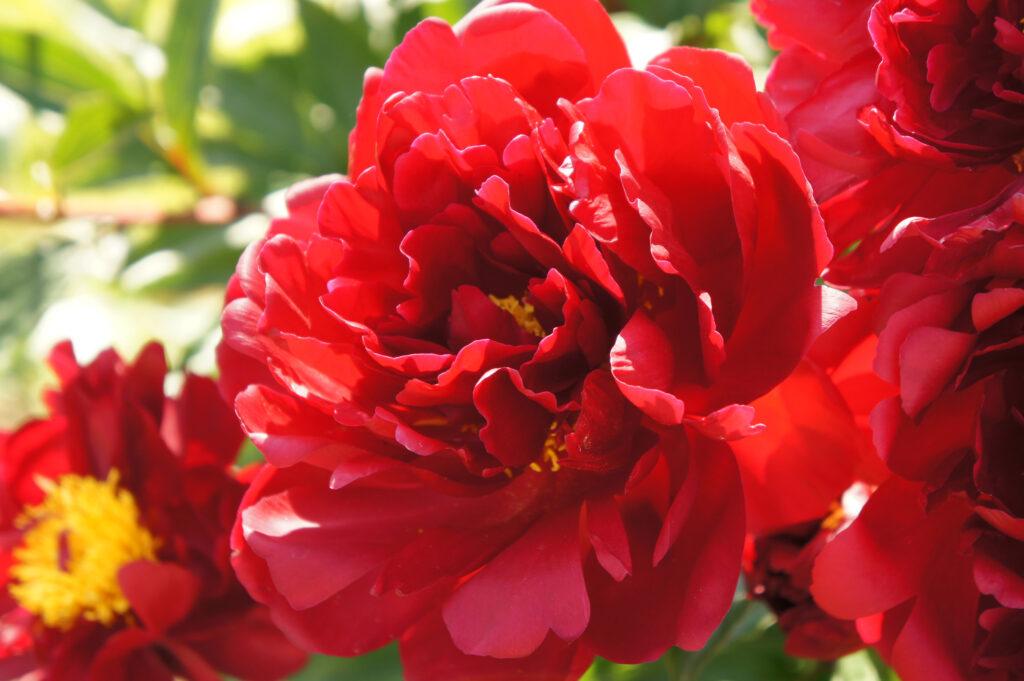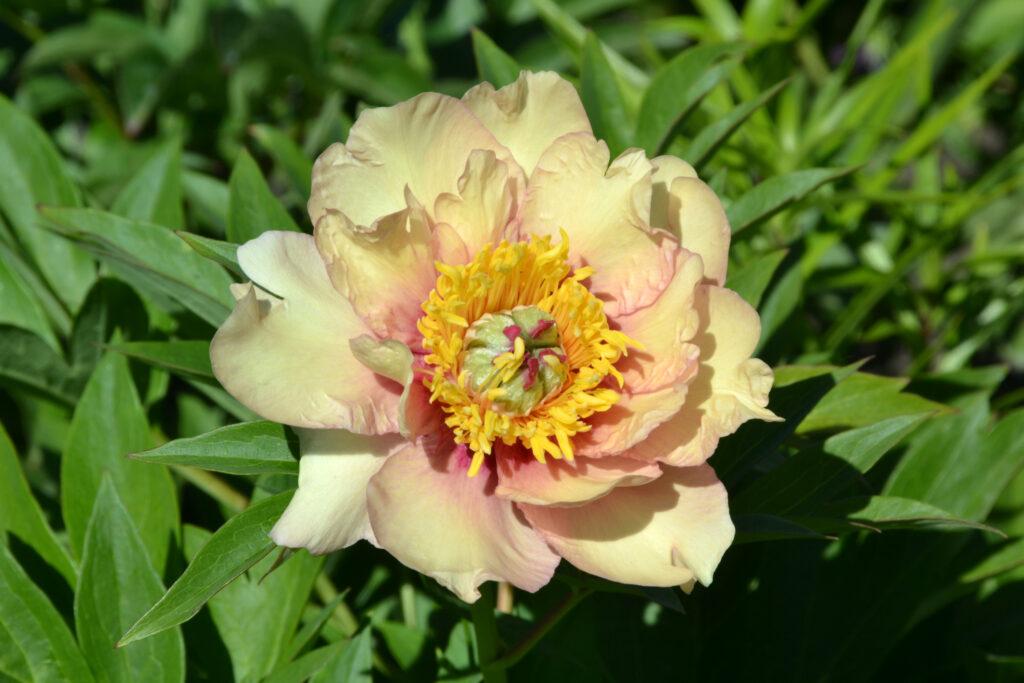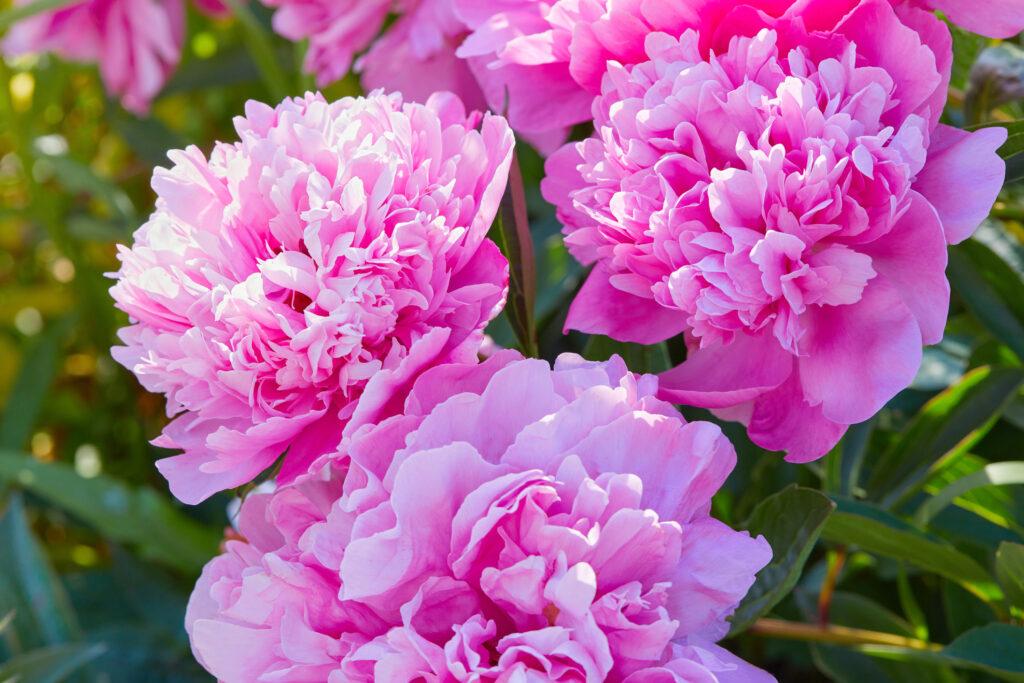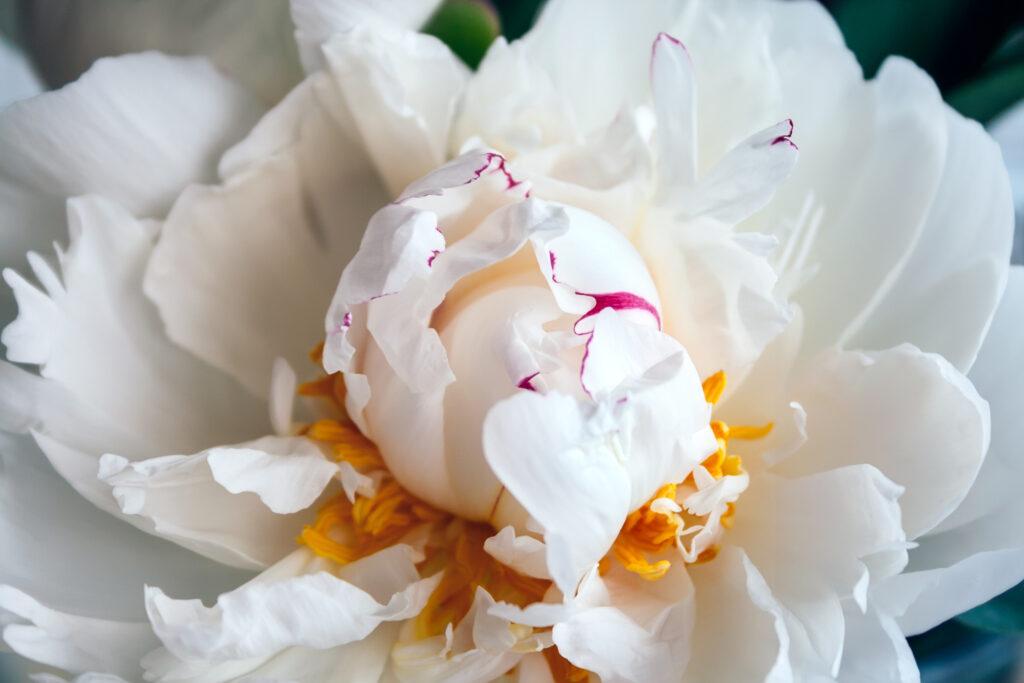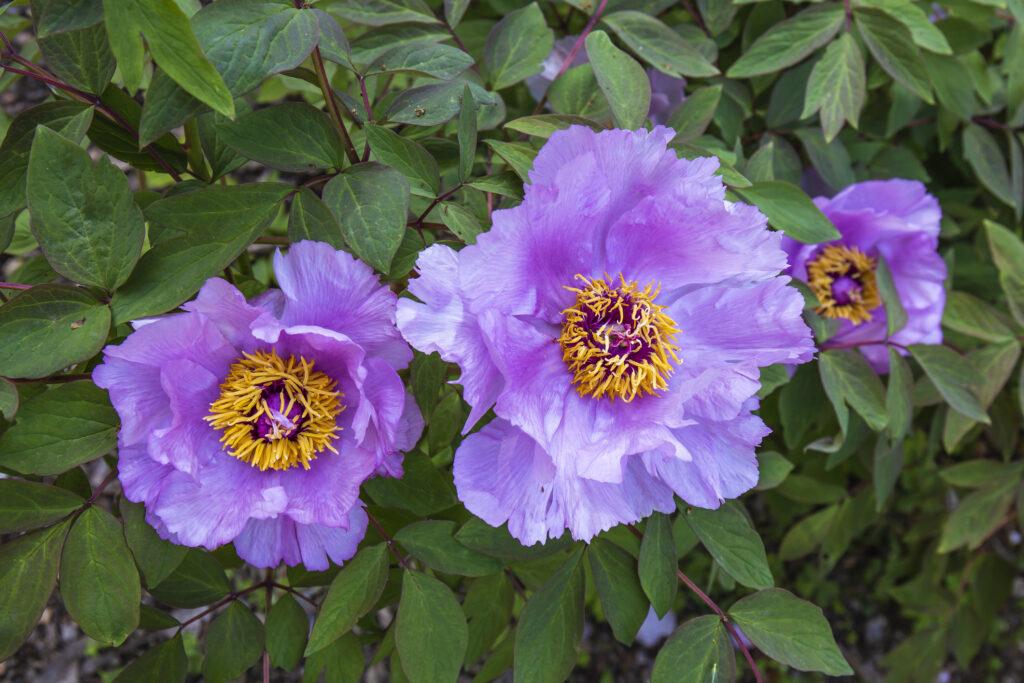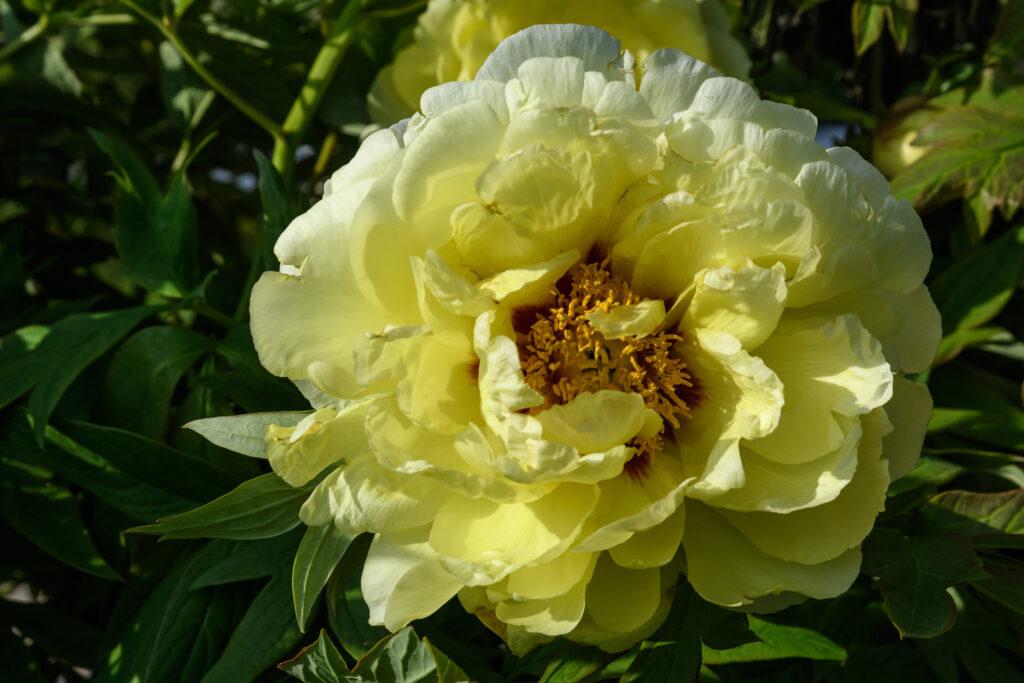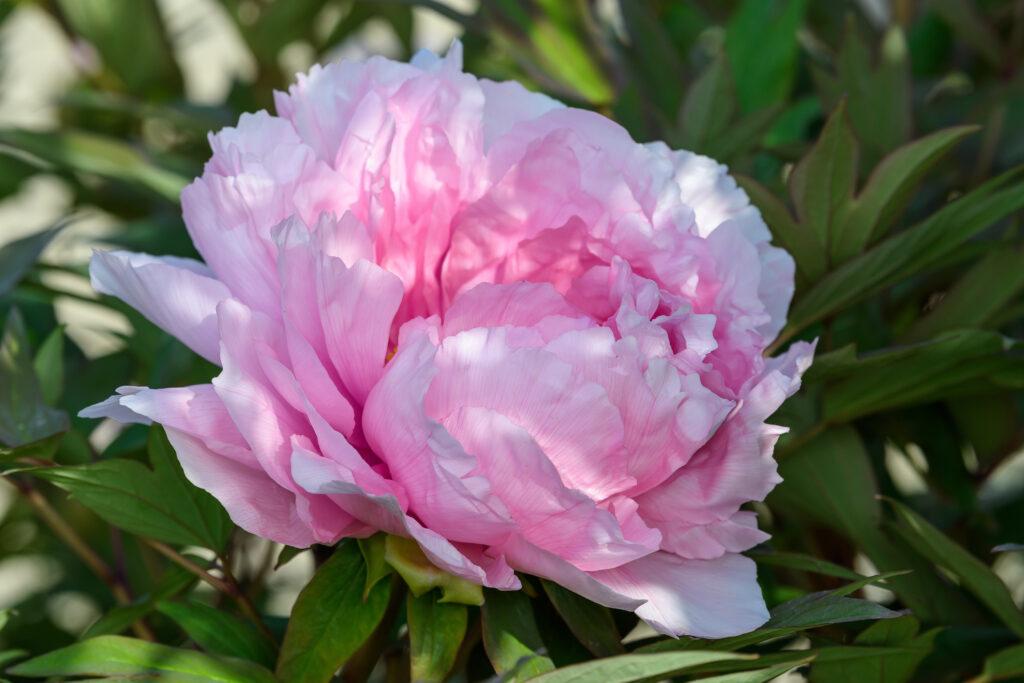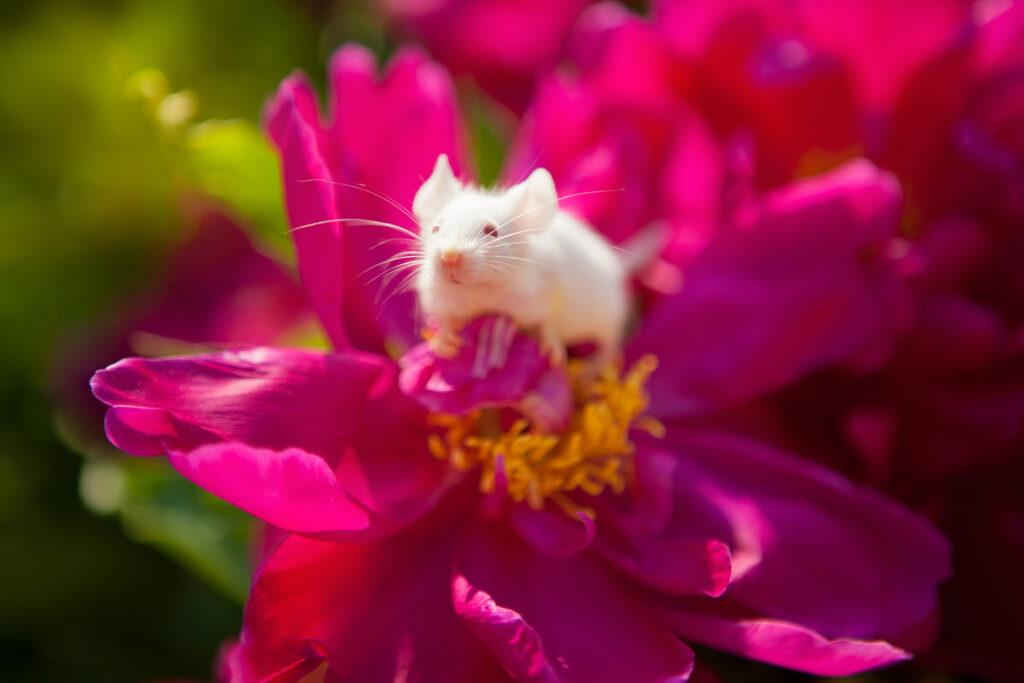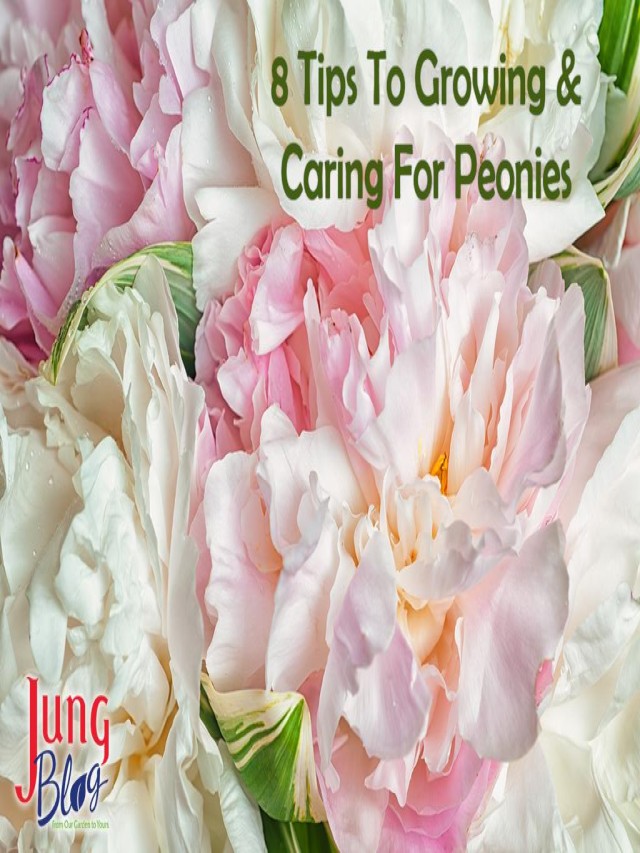Peonies are exquisite perennials that grace our gardens with their stunning blooms from spring to summer. These long-lived flowers are not to be taken lightly. Some peonies have been known to thrive for over 100 years! To help you grow beautiful peonies, here are eight essential tips that you should keep in mind.
Types of Peonies
Peonies come in various types, including herbaceous, tree, and intersectional peonies, also known as ‘Itoh’ peonies. These hybrids were created by crossing herbaceous types with tree peonies, resulting in a unique group of peonies. While all types of peonies are beautiful and relatively easy to grow, each type has specific care requirements. Understanding these requirements will help your peonies thrive.
When to Plant Peonies
You can plant peonies in either spring or fall. However, if you choose to plant them in the fall, make sure to do so at least six weeks before the first freeze. Peonies require a sufficient number of chilling hours to produce well. They can withstand the cold, but they need time to establish their roots before winter arrives.
Choosing a Planting Location for Peonies
The right planting location is crucial for the success of your peonies. Make sure the location is suitable for the specific peony variety you have chosen. It should also be free of other plants, including turf, within a radius of at least 5 feet. Most peonies prefer full sun, but the lighting requirements may vary depending on the type of peony you have.
Preparing the Peony Planting Site
Before planting your peonies, enrich the soil with a mixture of leaf compost and aged manure. This will provide the necessary nutrients and improve drainage. Well-draining soil is vital for the success of all peony types.
How to Plant Peonies
When planting peonies, make sure not to plant them too deep. Position the root in such a way that the eyes are facing upward, just 1.5 to 2 inches below the soil surface. Space the peony tubers 3 to 4 feet apart. Once planted, avoid disturbing the peonies, as they dislike being moved and may take a year to recover.
Pro tip: Remember, peonies often follow the pattern of “the first year they sleep, the second year they leap, the third year they bloom.” Patience is key with these long-lived flowers.
Watering Your Peonies
Peonies require about 1 inch of water per week, which is similar to the watering needs of a vegetable garden or rose bush. This amounts to approximately 2.5 to 3 gallons of water per plant. Consistent watering is crucial during the establishment phase, but as the peonies mature, they become more tolerant of drought.
Fertilizing Your Peonies
In early spring (end of April to May), fertilize your peonies with a mixture of Espoma 10-10-10 fertilizer and fresh leaf compost or steer manure. Apply 1/4 to 1/2 cup of the fertilizer to each plant. For a second round of fertilization in mid-June, use a water-soluble fertilizer like Neptune’s Harvest Rose & Flower formula.
Pro tip: Avoid fertilizing your peonies past the middle of July, as this can compromise their winter hardiness.
Pests & Diseases
Peonies are generally resilient and not prone to many diseases. However, they can be susceptible to fungal diseases like powdery mildew and leaf spot under certain conditions. To prevent these issues, ensure proper spacing between plants and good air circulation. Regular cleaning and pruning will also help keep them healthy.
Rodent pests, such as rabbits, can sometimes damage peonies by chewing on the shoots. Consider using repellents or installing fencing to protect your plants. When it comes to insect pests, aphids, mites, scales, and Japanese beetles can be problematic. These pests can be controlled through monitoring and the use of insecticidal soaps.
Remember, ants are harmless to peonies and are simply attracted to the sweet sap exuded by the buds and flowers. Simply shake the blooms outside to remove any ants before bringing them indoors.
That concludes our eight tips for growing and caring for peonies. By following these guidelines, you’ll be on your way to enjoying the beauty and longevity of these magnificent flowers.
Other Recommended Reading:
- Fall Planting – Potted Perennials
- Fall Bulb Planting Tips
- 4 Simple Steps For Fall Garden Tool Clean Up
- Garden Pests: Japanese Beetles
- Iris Growing Guide
- 4 Tips For Improving Garden Soil
At Jung Seed Co, we are dedicated to being your trusted guide in all your gardening endeavors. For expert gardening tips, visit our YouTube channel, The Garden Doctor by Dick Zondag. If you are in the Wisconsin area, be sure to visit one of our Jung Garden Center locations for all your gardening needs. Alternatively, you can browse our website. Stay updated on new products, exclusive deals, and specials by signing up for our weekly email. Join our Facebook page to engage in gardening discussions with fellow enthusiasts!

